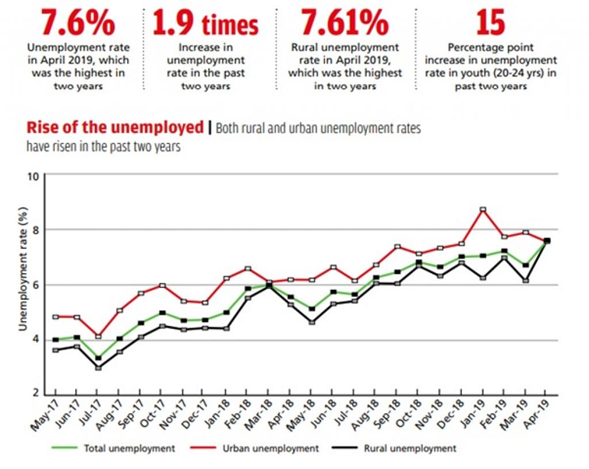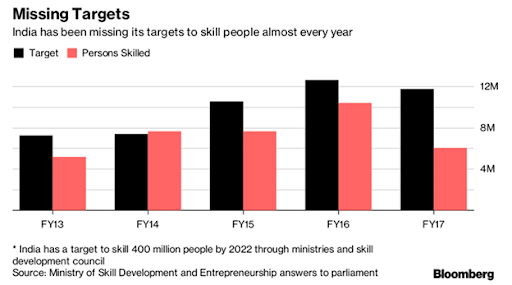Mrs Wang residing in Tokyo goes to her kitchen to make a meal, she has to rush to her office and also needs to read the newspaper. She just says “Hello Samsung Refrigerator” and her smart refrigerator lights up, now she can ask for news and news channel gets played on the refrigerator screen. She leaves to the office in a rush and as she locks the door, all the lights, AC gets switched off automatically. Internet of Things is a growing network of physical objects which can communicate and transfer data. Internet of Things is just a small fragment of Industry 4.0.
We’re in a betwixt of a significant transformation regarding the way we produce products thanks to the digitization of manufacturing. This transition is so compelling that it is being called Industry 4.0 to represent the fourth revolution that has occurred in manufacturing. From the first industrial revolution which involved mechanization through water and steam power to the mass production and assembly lines using electricity in the second, the fourth industrial revolution will take what was started in the third with the adoption of computers and automation and enhance it with smart and autonomous systems fueled by data and machine learning.
Can technology revolution create ‘Hollow’ness in Indian Economy?
Hollow Bull, being the trend in the past recent years, is a concern to build a developed and inclusive India. Let’s look into below newspapers to understand Hollow Bull. To understand the concept behind Hollow Bull, let’s have a look at the headings of two articles published in leading newspapers.
May 29-2019: “India to remain fastest-growing economy, widen lead against China”
May 31-2019: “Unemployment at a 45-year high, the government defends data”
So, the headlines give a sense of incongruity, there is growth in the economy but the growth is not driving or creating jobs, this discrepancy is termed as ‘Jobless Growth’. For an economy, growth is a sign to measure performance but in a country like India, with such a huge demographic dividend, job creation is a cardinal aspect for the economy.
Where does Industry 4.0 fit in the picture for India?
Industry 4.0 disrupts the present scenario that exists in industries. With its advance mechanism of automation and smart digitalization, it makes several existing jobs redundant. But at the same time, it creates a wide plethora of new jobs that require a skilled workforce.
Job threat due to Industry 4.0
To understand the threat, let’s get back to the Wang family. Mrs Wang works as an engineer in a major industry working in the field of augmented reality. When asked, she anticipates Industry 4.0 to revolutionize the sphere of industries. The threat of a country like India is that the workforce is not equipped with the skills to incorporate themselves into these new opportunities. Automation takes away the jobs of low-level employees who are sparsely skilled, in India this section is a major chunk of the workforce and hence the threat arises.

Where are we lagging?
Human resource is one of the main assets for an Industry that can appreciate over a period. But, without proper training, it becomes unviable to expect the skills of the workforce to get upgraded. India has not been able to catch up with the pace while other major economies understood the opportunities and grabbed it with both hands.
· We lack training centres in our country, with a major workforce that needs up-gradation belonging to rural, Tier 2 and Tier 3 cities. There is a need to set up more training and skill development centres across the nation.
· The training curriculum needs major up-gradation. Gone are those days when skill training involved basic computer courses or training in fitting and repairing. Today, the need is to upskill the youth in line with the demand for the Industry. Training must be given in domains of IoT, AI, Data Analytics, Cloud Computing, etc.
· There is a lack of versatile and competent trainers who could impart the skills which would make the workforce employable.

What steps have been taken by the Government?
The government understands that with huge potential of youth among the workforce, India can achieve success in tapping the benefits that Industrial revolution 4.0 provides, hence it is continuously trying to upskill the youth and make them employable in these emerging sectors. Some recent steps taken are:
· The heavy industries ministry has set up four centres of excellence in the country for Small Manufacturing Enterprises (SME) to implement Industry 4.0 in their manufacturing processes.
· MSME ministry is providing training programs on Data analytics, six sigma, and other courses.
· Under the Digital India program, the Government has taken several skill training programs for the youth.
· National Centre on Artificial Intelligence as a hub along with centres of excellence was also announced in the recent Budget in this regard.
· Government is also continuously trying to create a more affirmative atmosphere for the Start-ups in India.
What is the step forward?
· What we need to do as a nation is train the youth in skills that are relevant to the changing demands, create an environment that would promote the 4th Industrial revolution.
· Youth can become employers rather than employees if they are equipped with the right skillset. There is enormous scope for entrepreneurship in different sectors such as agriculture where automation has not yet taken its roots.
· Government and private sectors can build a synergy to come up with programmes that could revive the skills of the workforce and uplift them from redundant jobs to productive jobs.
India has to be visionary when it comes to anticipating the humongous change that this revolution could bring to the nation. With 5G introduction, we can expect a shift in the pace with which the industry is currently functioning. India has to be there at the top when it comes to ameliorating the skills of the workforce. This would not just increase productivity leading to growth but also make workforce employable.

